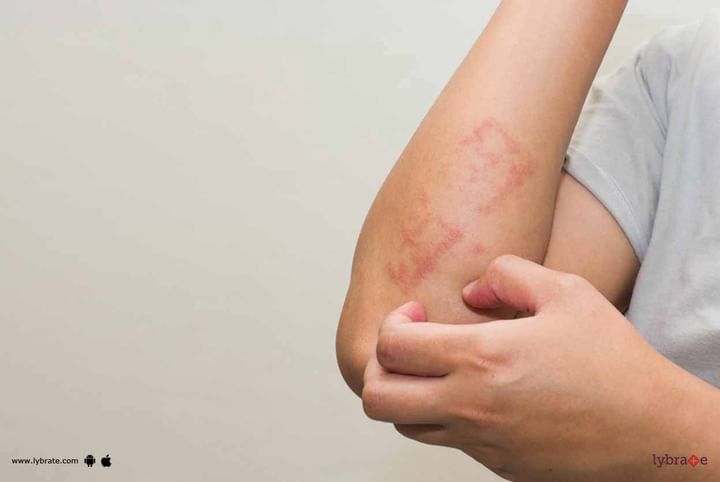Autosensitization Dermatitis - Symptoms And Treatment Of It!
Our skin is delicate and is the body’s largest or/an. The skin is susceptible to a wide range of ailments and conditions, since it is the most exposed part of the body. Autoeczematisation (generally known as autosensitization dermatitis) is skin inflammation caused by bacteria, which are present in various parts of the human body. The eczema or infection usually begins from the arms and legs before spreading to the rest of the body.
It is also referred to as id response. It is an intense response to a variety of stimuli that affect the skin. These include irritable and infectious skin conditions. The rash that characterises the id response, which is viewed as immunologic in origin, is known as dermatophytid, pediculid, or bacterid. When linked with another infectious disease in the body, it becomes all the more intense.
Autoeczematisation is generally caused when the skin has a reaction to a contamination or infection. The disease might be caused by an infection, bacteria, microscopic organisms or even a parasite. In case the body builds up an infection, the skin responds to it by weakening the immune system. This makes the skin more prone to catching a disease or an illness. This can result in autoeczematisation and make the skin more irritable.
Symptoms
Given below are the symptoms of autoeczematisation:
-
Skin bumps
-
Blisters
-
Red skin
-
Delicate skin
Autoeczematisation usually begins with an infection brought on by microbes, bacteria, or some organism. It will show itself on the skin in about 1 to 2 weeks as an allergy. In typical dermatitis symptoms, individuals experience dry and irritated skin along with wounds or injuries appearing on the arms and legs.
Similarly, as with any skin issue, in case it is persistent and painful, you need to quickly contact your specialist, dermatologist, or autoeczematisation skin careexpert.
Treatment
There are three sorts of treatment for autoeczematisation once an analysis has been done. Most doctors treat the origin of the disease or infection. Once this has been fully accomplished, the injuries can be treated.
-
Corticosteroids: Corticosteroids are creams that you apply to the skin. This cream comes in both over-the-counter and prescription form. They are used to control itching and irritation.
-
Antihistamines: Antihistamines can also be prescribed and are available over the counter. These are used to control the itching. Benadryl is a common over-the-counter type of syrup and pill that can be taken.
-
Lotions: Once autoeczematisation has been diagnosed, it's important to keep the skin appropriately hydrated. A mild lotion should be applied on the skin once a day.



+1.svg)
